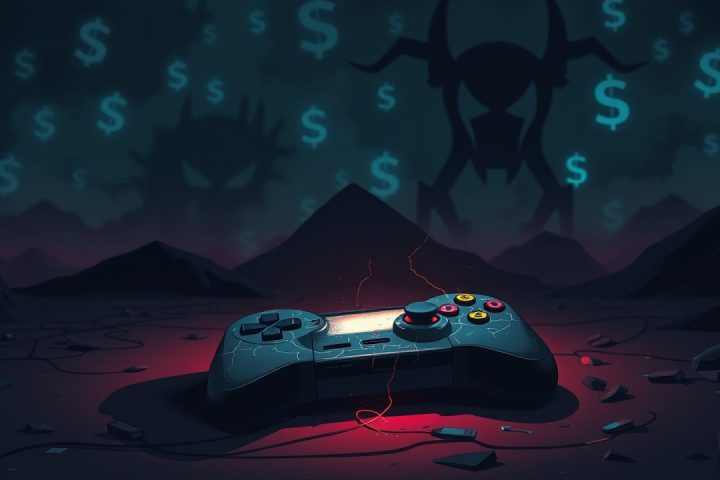Bitcoin and Infrastructure Development
Bitcoin has demonstrated a vital lesson in infrastructure development: incentivizing efficiency leads to groundbreaking innovation. Fifteen years ago, the process of Bitcoin mining utilized standard graphics processing units (GPUs) commonly favored by gamers, resulting in a sluggish network with limited hash rates. However, through its proof-of-work (PoW) mechanism, Bitcoin incentivizes miners to enhance their efficiency in processing blocks, sparking fierce competition in hardware advancements.
Today’s mining operations now utilize specialized machines known as ASICs, which boast efficiencies that are astonishingly hundreds of thousands of times greater than the most advanced Nvidia GPUs available, illustrating the extraordinary outcomes of rewarding optimal performance.
Surge in Mining Capabilities
Within just a decade and a half, Bitcoin’s mining capabilities have surged to an impressive 16 gigawatts, equivalent to powering approximately 10 million high-end Nvidia Blackwell GPUs. This capacity is strikingly more significant than the combined resources of major tech players such as OpenAI, Amazon Web Services, Microsoft Azure, Google Cloud, and xAI.
A Parallel in AI Development
Currently, artificial intelligence (AI) primarily operates on costly, general-purpose chips due to their accessibility. However, envisioning an AI ecosystem structured similarly to Bitcoin could revolutionize the field, where individuals can contribute computational power and be compensated for executing AI tasks with maximum efficiency. This shift would democratize access, eliminating the necessity for teams heavily relying on corporate connections to secure chip acquisitions. Instead, anyone could easily produce, set up, and begin monetizing their computational contributions.
With such a transformation, there is an increased urgency for designing chips tailored specifically for AI applications. Competition among hardware manufacturers would drive innovation in creating the most cost-effective, high-performance AI processors conceivable. The same market dynamics that propelled the Bitcoin mining revolution could re-emerge, bolstered by blockchain proponents who have amassed substantial wealth through Bitcoin ventures.
A Caution Against Proof-of-Stake
It’s essential not to stray towards proof-of-stake (PoS) frameworks, which many decentralized AI initiatives currently adopt. In PoS systems, rewards accrue to token holders rather than those contributing the most to hardware development. For example, on Bittensor, the significant computational power is concentrated in a Subnet running large AI models, yet the miners only receive a mere 5% of network rewards, while the remaining 95% goes to token holders and less actively involved miners. This model undermines the principle of incentivizing innovation in hardware.
The Importance of the Proof-of-Work Mechanism
Proof-of-work extends beyond the cryptocurrency realm; it illustrates harnessing competition to foster technological advancements rather than relying on existing hardware solutions. In a decade, blockchain advocates can cultivate infrastructure capable of delivering exponential computational power compared to existing centralized models—potentially democratizing AI capabilities and rendering them as cost-effective as electricity.
Future Implications and Participation Opportunities
The present moment in AI is reminiscent of Bitcoin’s early days in 2009, where the foundational networks have just begun constructing their frameworks, offering immense potential for initial participants. By engaging with proof-of-work AI initiatives, providing computational resources—either personal or leased—and actively participating in mining, individuals can position themselves to reap the greatest benefits from this emerging infrastructure.




